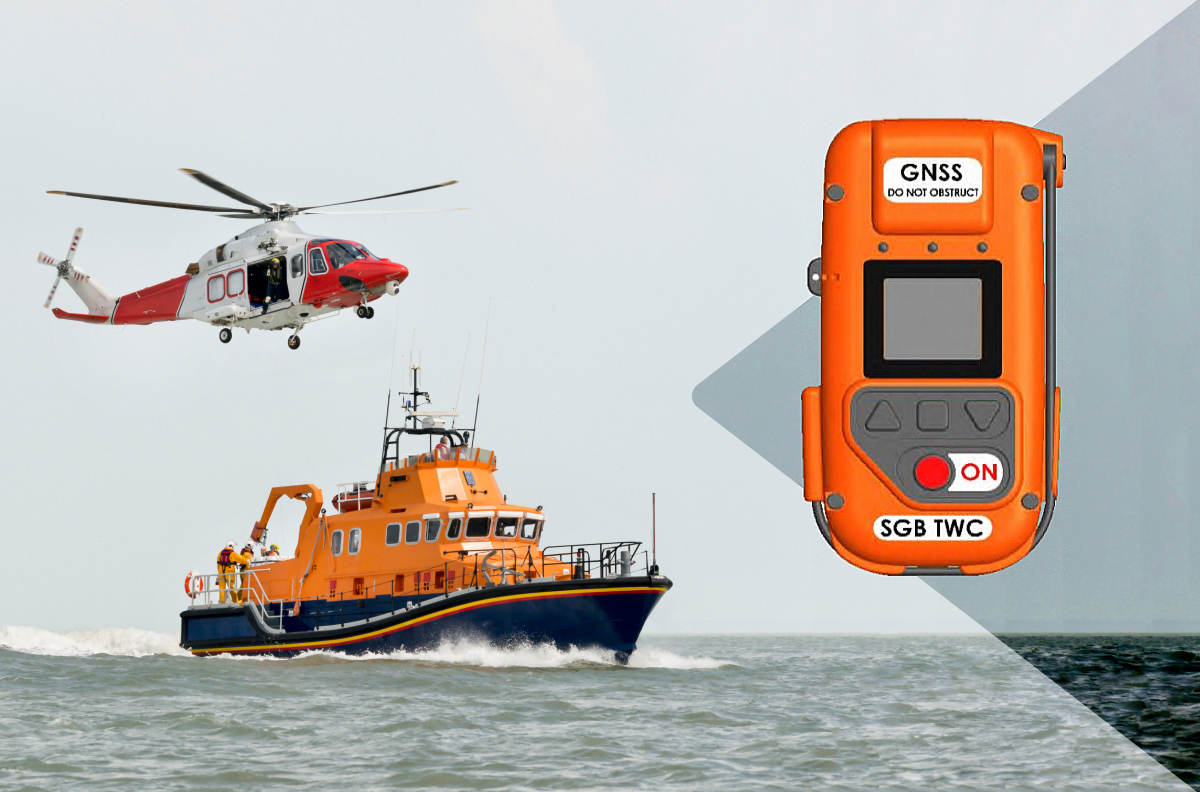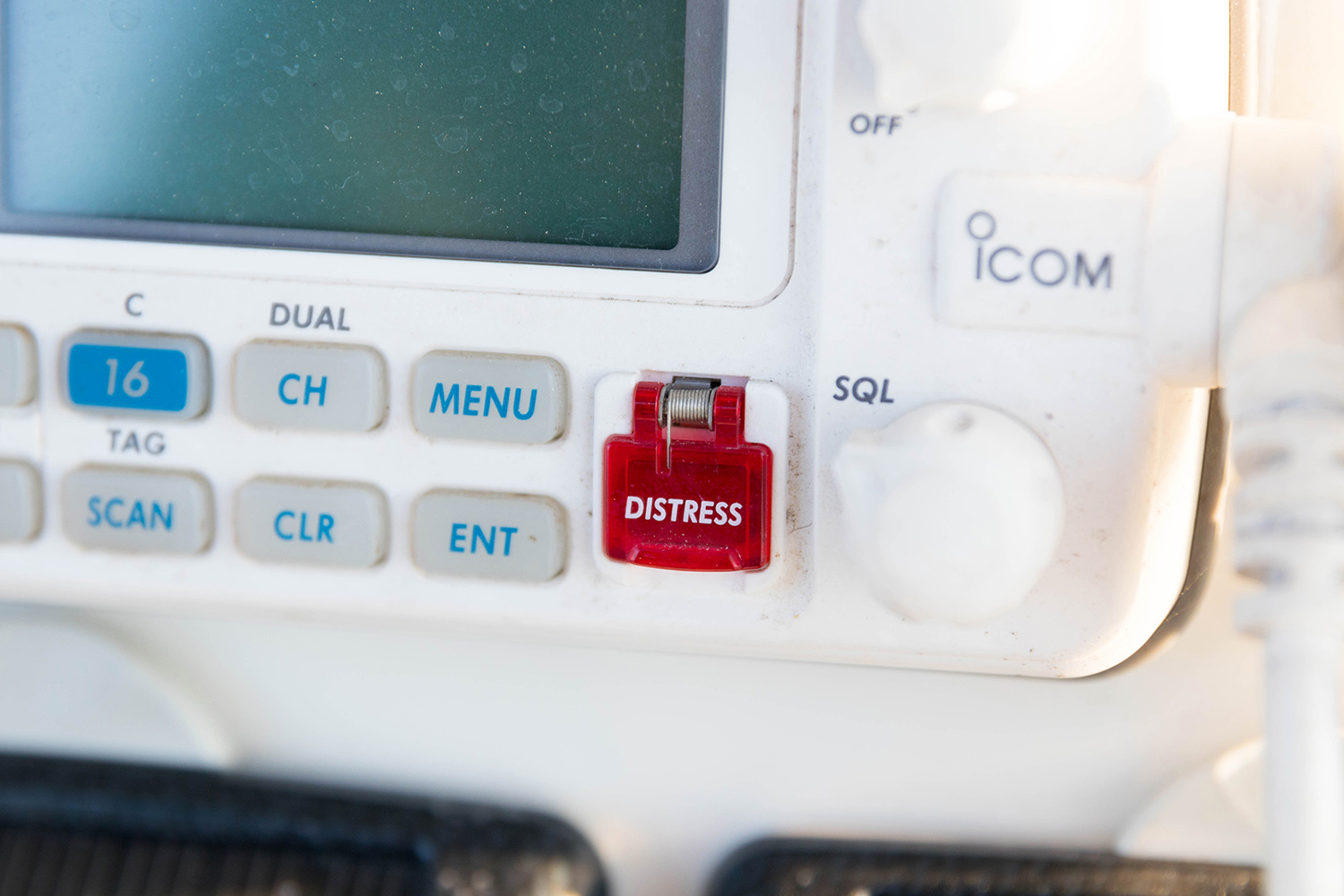The modernized GMDSS has entered into force. How will radio surveys change in 2024?
Since January 1, 2024, GMDSS has entered the final stage of its modernization process: a significant set of amendments made to it over the past dozen years have become effective.
These changes apply to all SOLAS vessels and affect the relevant terrestrial radio communications services, as well as marine electronics companies and firms performing GMDSS radio surveys on ships.
What radio surveyors should know about changes to the GMDSS regulations and related IMO instruments, we consider in this article.
THE KEY AMENDMENTS TO SOLAS CHAPTER IV ON RADIO COMMUNICATIONS, WHICH TOOK EFFECT ON JANUARY 1, 2024, ARE AS FOLLOWS:
-
More generic requirements and definitions are applied to providers of services and technologies used in GMDSS
The monopoly of Inmarsat as the sole provider of satellite GMDSS services is over. In 2020, Iridium was recognized by the IMO. China's BeiDou has also applied for recognition and may become a third operator in the coming years. Thus, the criteria for the provision of mobile satellite services are revised towards generalization.
References to Inmarsat devices and services were removed from the relevant documents and replaced with definitions that better reflect current realities: “recognized mobile satellite service” instead of "Inmarsat", for example. Explicit references to providers of Maritime Safety Information (MSI), such as NAVTEX, EGC, are also replaced by more general definitions.
-
The definition of the sea area A3 has been changed
In the updated SOLAS Chapter IV, sea area A3 is defined as an area, excluding sea areas A1 and A2, within the coverage of a Recognized Mobile Satellite Service (RMSS) supported by the Ship Earth Station (SES) carried on board, in which continuous alerting is available.
Thus, the sea area A3 varies depending on the type of mobile satellite service:
- if Inmarsat is used, the area remains unchanged;
- if Iridium is used, A3 becomes global (merging of the areas A3 and A4);
- if a regional satellite system is used, the area A3 is limited to the coverage zone of this system.
There is no redefinition of the sea area A4 (this is the remaining sea coverage outside areas A1, A2 and A3), but this area changes for different mobile satellite service providers. That means that the sea area A4 does not exist in the case of a mobile satellite provider with global coverage.
-
All the requirements for communication equipment are described in one SOLAS Chapter IV
The provisions concerning two-way VHF radiotelephone apparatus and search and rescue locating devices have been moved from Chapter III (Life-saving appliances and arrangements) to Chapter IV (Radiocommunications).
-
VHF EPIRBs should be replaced by satellite EPIRBs
It concerns the ones which could previously be used in the sea area A1.
-
NBDP (Narrow Band Direct Printing) is no longer part of GMDSS and is thus removed from all GMDSS equipment requirements
What are the consequences: the composition of the equipment (including duplicate equipment) required for use in the sea area A3 has changed. The alternative method that involves using MF/HF NBDP communications is no longer valid.
From January 1, 2024, the GMDSS equipment for vessels navigating in the sea area A3 should include a Recognized Mobile Satellite Service Ship Earth Station (RMSS-SES). Currently (early 2024) there are two such stations to choose from: Inmarsat-C and Iridium LT-3100S.
The relevant certificates and their records of equipment issued/renewed from January 1, 2024, should reflect all these amendments. The re-issuance of SOLAS certificates issued before this date, is not required. They will be valid until their expiration date.
Please note: the implementation of new regulations concerning the channeling arrangements in VHF maritime mobile band has been postponed from January 1, 2024 to January 1, 2028
According to these regulations, all fixed VHF radios used on SOLAS ships must support the display of new 4-digit channels.
The reason for postponing the deadlines is that there are not enough VHFs available for installation that would meet the revised performance standards.
For more information, please refer to circulars MSC.1/Circ.1676, MSC.1/Circ.1460/Rev.4 and appendix 18 to the ITU Radio Regulations (RR) – Edition 2020.
AMENDED EQUIPMENT REQUIREMENTS (INCLUDING DUPLICATION OF EQUIPMENT) FOR SOLAS SHIPS EFFECTIVE FROM JANUARY 1, 2024:
Refer to circular COMSAR.1/Circ.32/Rev.2
AMENDED PERFORMANCE STANDARDS FOR GMDSS EQUIPMENT, WHICH ENTERED INTO FORCE ON JANUARY 1, 2024:
-
Resolution MSC.507(105): System performance standard for the promulgation and coordination of maritime safety information using high-frequency narrow-band direct-printing (supersedes resolution A.699(17))
-
Resolution MSC.508(105): Performance standards for the reception of maritime safety information and search and rescue related information by MF (NAVTEX) and HF (revises and consolidates resolutions A.700(17) and MSC.148(77))
-
Resolution MSC.510(105): Performance standards for search and rescue radar transponders (supersedes resolutions A.530(13) and A.802(19))
-
Resolution MSC.511(105): Performance standards for shipborne VHF radio installations capable of voice communication and digital selective calling (revises resolution A.803(19))
-
Resolution MSC.512(105): Performance standards for shipborne MF and MF/HF radio installations capable of voice communication, digital selective calling and reception of maritime safety information and search and rescue (revises and consolidates resolutions A.804(19) and A.806(19))
-
Resolution MSC.513(105): Performance standards for Inmarsat-C ship earth stations capable of transmitting and receiving direct-printing communications (revises resolution A.807(19))
-
Resolution MSC. 515(105): Performance standards for survival craft portable two-way VHF radiotelephone apparatus (revises resolution MSC.149(77) and A.809(19))
-
Resolution MSC. 516(105): Amendments to the Performance standards for radiocommunication equipment (Resolution MSC.80(70))
-
Resolution MSC.517(105): Performance standards for a shipborne integrated communication system (ICS) when used in the Global Maritime Distress and Safety System (GMDSS) (revises resolution A.811(19))
Refer to resolution MSC.496(105)
Summary
Thus, with regard to the GMDSS radio survey, we can conclude that no large-scale modification is expected in this area from January 1, 2024.
If we summarize the changes, they are as follows:
-
Some changes have been made to the composition of the radio equipment to be inspected;
-
The relevant certificates and their records of equipment should be revised to introduce more general definitions related to service providers;
-
A number of GMDSS equipment performance standards have been updated.
Aeromarine SRT offers in its range the tool for radio surveys that fully meets all the requirements of the updated SOLAS Chapter IV and the relevant IMO resolutions, standards and circulars – GMDSS Multi Tester MRTS-7M.
-
By Olga Davydova







Be the first to comment